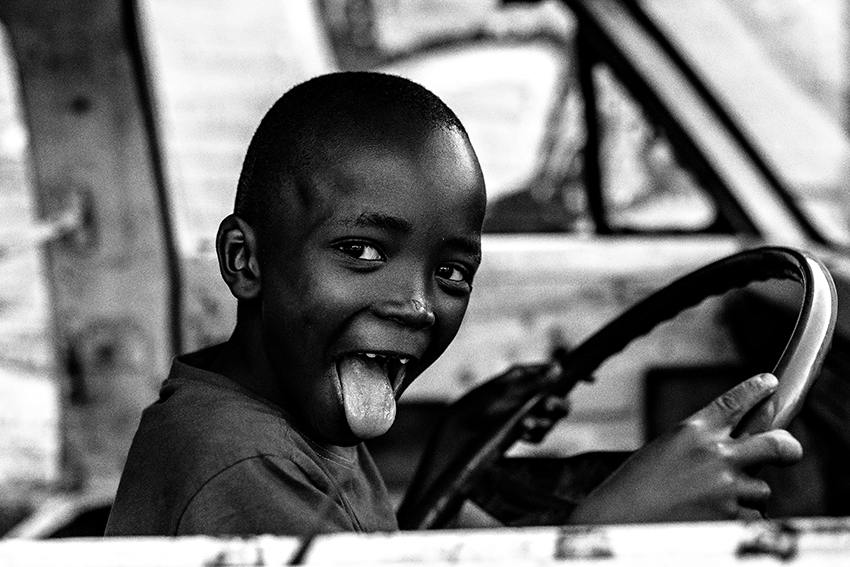Hands are used to create something new, explore the unknown, hold on to what could be lost and let go of what once was found.
For art history professor Moyo Okediji, hands are the inspiration for the title of ỌWỌ́: Perspectives on Photography Symposium. The event will be hosted by the Association of Black Fine Arts Students and the Center for Art of Africa and its Diasporas on Wednesday, April 12 at 6 p.m at the CAAD Art Gallery in UT’s art building.
“The hand is a symbol of the truth, mind and brain of the artist who makes decisions to formulate, shape, change and transform things,” Okediji said. “So, how an artist who is an immigrant or a descendant of an immigrant uses the camera as a way of conveying his or her own contributions to the American culture is the discussion.”
The photography symposium is meant to bring UT alumni in conversation with current UT students about photography and lenses as a means of art and expression. It is the last event hosted in conjunction with the CAAD, which was recently dissolved for budgeting reasons.
“It is a little unfortunate that the center has been defunded, but at least we have some opportunity to do something,” Okediji said. “I organized the symposium specifically to provide a way through which photographers (could) discuss their experiences, their work, their art with our students.”
Okediji said the panelists he invited are current or former UT students who work within different fields of art that utilize lenses as a form of expression, including photography, documentary filming and conceptual art through photos. All but one of the students are first generation U.S. citizens and the fourth was brought to the U.S. as a child.
“They will use their art as a means of engaging the audience in a conversation to talk about their identities as first generation Americans, artists and also as just individuals who are creative, beyond issues of identity,” Okediji said. “They will show the way in which we map our passages through life, and ways through which artists manipulate the camera as ways of engaging their audience in terms of their own personal identities and creativity.”
Hakeem Adewumi, one of the panelists, said the work he will be speaking about for the symposium integrates elements from photographers and visual artists that he follows and said he hopes to highlight the ways in which visual artists and black photographers have used their work to speak about various current issues like sexuality, racism and feminism.
“I wanted to highlight some of the things first generation immigrants are confronting in my work.” Adewumi said. “I want to exemplify that photography is like a weapon for black people that we have used since photography has been created and understand the way of thinking about photography as a way of freedom.”
Adeleye Omotosho, art history senior and panelist, said events like this are important because it will not only bring current issues to light, but create a conversation about how to represent them.
“There are so many contemporary black photographers working today, either from this continent or coming from the African Diaspora,” Omotosho said. “It is important to put together these events in order for them to engage in conversation.”
For now, Adewumi said he hopes this symposium will be a step in the right direction to getting dialogue started.
“I am really interested in getting audiences to understand how all of us have answered the call to be a black artist and visionary because we have to envision blackness in a way that most people don’t see,” Adewumi said. “I am very interested to see, intersect and contribute to this visual liberation.”















